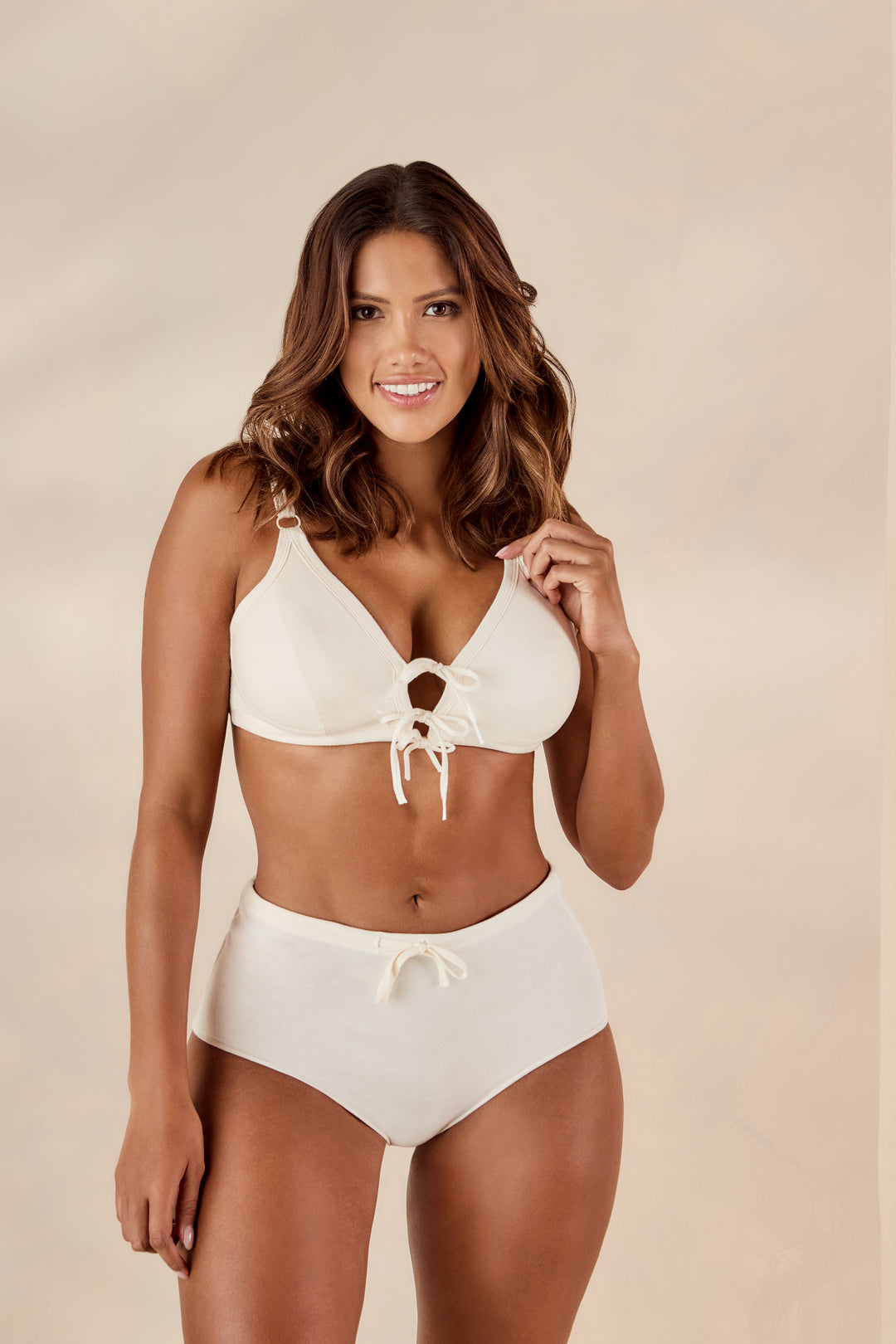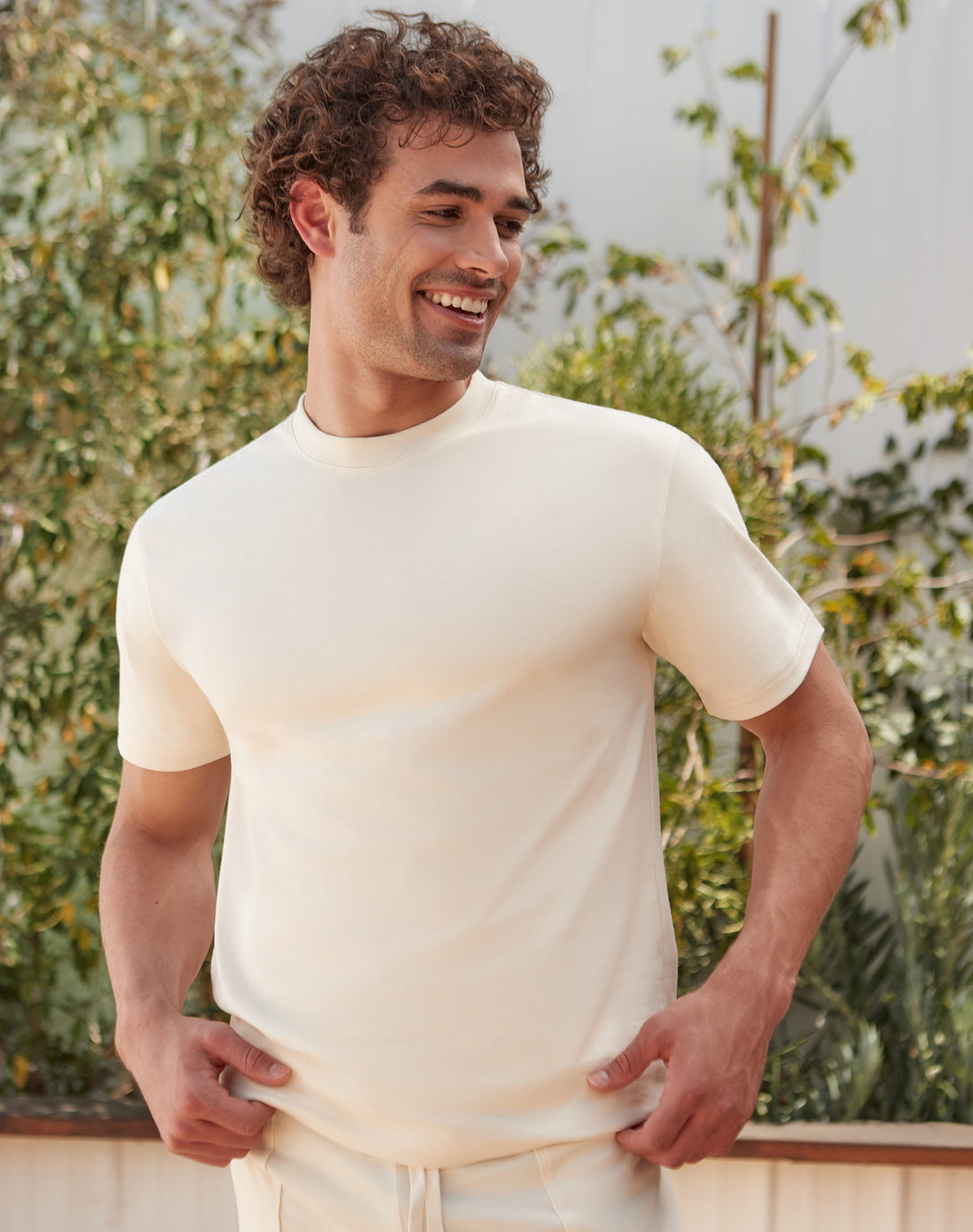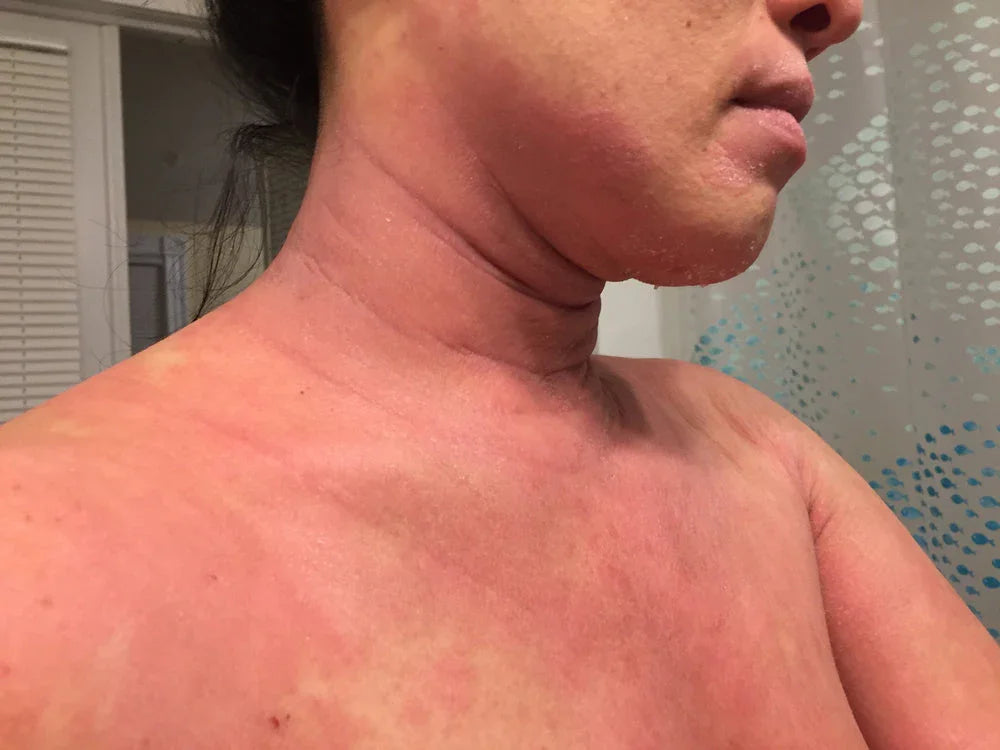The Contact Dermatitis and Clothing Connection
Persons who suffer with dermatitis or sensitive skin have a difficult time living day to day avoiding allergens and the dreaded rash, itching and discomfort that comes with it. I have sensitive skin and prone to develop contact dermatitis at any time often reacting to something next to my skin that I have used for long periods of time. I recently had to discard my favorite pair of pants after months of developing a rash on my stomach and side whenever I wore them. How could this be I said to myself, of all the things in the world to have, why did I inherit this strange skin?
While researching the matter I came across some interesting information regarding contact dermatitis and clothing. It seems there are quite a few people who develop contact dermatitis from formaldehyde resins which are used for textile finishes. Apparently it's pretty common in women but men can also develop the condition if they have sensitive skin. I was amazed and had no idea that formaldehyde was used on fabrics. Can you imagine being allergic to your clothes? If you are experiencing a chronic recurring rash on various part of your body, particularly where clothes fit tightly you may want to contact your Dermatologist and request testing for this sensitivity. The rash can get particularly irritated from perspiration and in areas where the friction of the fabric rubs against the skin.
According to the American Contact Dermatitis Society common eruption sites include the posterior neck, upper back, lateral thorax (part of the body between the head or neck and abdomen), waistband and flexor (fingers) surfaces. It can however appear in other areas like the forehead if you wear a cap that's been treated with formaldehyde.
Formaldehyde is used to make clothing that is wrinkle resistant (permanent press) and these can release significant amounts of the substance. The American Contact Dermatitis Society states that rayon, blended cotton, corduroy, wrinkle-resistant 100% cotton, and any synthetic blended polymer are likely to have been treated with formaldehyde resins. Women's clothing also includes lingerie and undergarments.
Many individuals are allergic to formaldehyde and know to avoid personal care products that contain formaldehyde releasing preservatives. Keep in mind that many pharmaceuticals including OTC drugs also use these same preservatives so it's not limited to skin care products. For those sensitive to formaldehyde clothing can also be a stong source of irritation.
Each country has its own manufacturing standards for acceptable levels for formaldehyde resins. A low indicator of formaldehyde releasing resin would be 75 ppm which is the Japanese standard, the US standard is somewhere near 300ppm, quite a difference.
Fabrics safe to wear: 100% silk, 100% linen (if it wrinkles easy), 100% polyester, 100% acrylic, 100% nylon, spandex, flannel (soft), wool (may cause irritation) and denim.
Do not wear these fabrics: Permanent press, wrinkle resistant, color-fast, stain-resistant, blends (including rayon, polyester-cotton), corduroy or shrink-proof wool.
It is suggested that you read the labels in your existing clothing and separate them in your closet so you will know what's safe to wear. Always opt for loose fitting clothing since friction and perspiration can cause the condition to flare. Read the labels in any new clothing before you purchase. Clothes made in Japan are the safest and companies that sell clothes in Japan also have to meet the Japanese standard.
Companies that meet the Japanese standard: GAP, Old Navy, Banana Republic, Liz Claiborne, Eddie Bauer, Cuddle Duds and Levi Strauss. There may be others but these were on the list from the American Contact Dermatitis Society.
If you suspect that you or a loved one may have this sensitivity please contact your dermatologist to be tested. Also visit the website of The American Contact Dermatitis Society for more detailed information.
Source: Y Walker, http://www.clothing-racks.tk/270165-The-Contact-Dermatitis-and-Clothing-Connection.html








300 comments
Any website suggestions for purchasing formaldehyde free clothing/sheets?
Tramadol 200 Ir Tramadol Information Free Shipping Use Of Tramadol In Dogs Serotonin Syndrome buy tramadol cod. Tramadol Online Consultation Soma Soma Or Tramadol Drugs Without Prescription Equine Tramadol Hcl Acetaminophen Cheap Tramadol Online Medications Zantac Zyrtec . Merck Called Tramadol Wholesale Odor Prescription Tramadol . Carisoprodol No Prescription 50 Fed Ex Buy Tramadol Remeron Tramadol Tramadol Hcl And Apap Tramadol Acetamin Tramadol Causing Rls What Class Does Tramadol Look Like
I Quality Of Mylan Tramadol, 2nd Hand Prescription Tramadol,
Allergy testing complete , I am allergic to Formaldehyde and Gentomycin Suplphate ( antibiotic)
For formaldehyde allergy avoid the following ingredients :
o Quaternium-15
o 2-bromo-2nitropropane-1,3-diol
o imidazolidinyl urea
diazolidinyl urea
Also avoid
• Fabrics treated with formaldehyde resins and in which some free formaldehyde remains. Formaldehyde resins provide the unique qualities of the following fabrics:
o Permanent press
o Anti-cling, anti-static, anti-wrinkle and anti-shrink finishes
o Chlorine-resistant finishes
o Stiffening on lightweight nylon knits
o Waterproof finishes
o Perspiration proof finishes
o Moth proof and mildew resistant finishes
o Suede and chamois
I dealt with the same kind of skin sensitivities for 10 years that went un or misdiagnosed. I’d gone to numerous allergist, dermatolgists and clinics… all to no avail. I was finally diagnosed correctly by my new dermatologist who did a biopsy of the skin irritation. Turned out I have a rare, genetic skin disorder called Hailey Hailey disease. It’s typically a later life onset condition. It is genetic and as such has no cure, it’s all about control. There are a few sites on the net with useful info about identifying and dealing with the skin disorder. Keep this in mind when speaking with your dermatologist. After 10 years of frustration, just having a correct diagnosis was an incredible relief…
I think I have solved my mystery allergy and hopefully it can give you insight into yours!
After seeing many doctors who diagnosed eczema, I finally got patch tested for chemicals. Since formaldehyde was the only allergen, I googled which foods contain formaldehyde. I learned that many fresh fruits and preserved foods have it. But here is the kicker… your body has enzymes that break down molecules like sugar, proteins and alcohols but one of the by products is formaldehyde!!!! (You can google this yourself at reference.com: What foods contain formaldehyde?!) Sadly, that means no foods with sugar, or ingredients that turn into sugar. Formaldehyde is also a by-product in digestion of proteins and alcohols.
Now I eat a clean diet with many low sugar vegetables, low or no carbohydrates, little or no meat, and lots of water to flush out the toxins. Detox teas and herbs will help you flush out the residual toxins out of your system as well. I have lost eight pounds already and feel better.
I hope this will help all of you who are suffering with the rashes and eczema.
Be well,
Therese
…
54
…